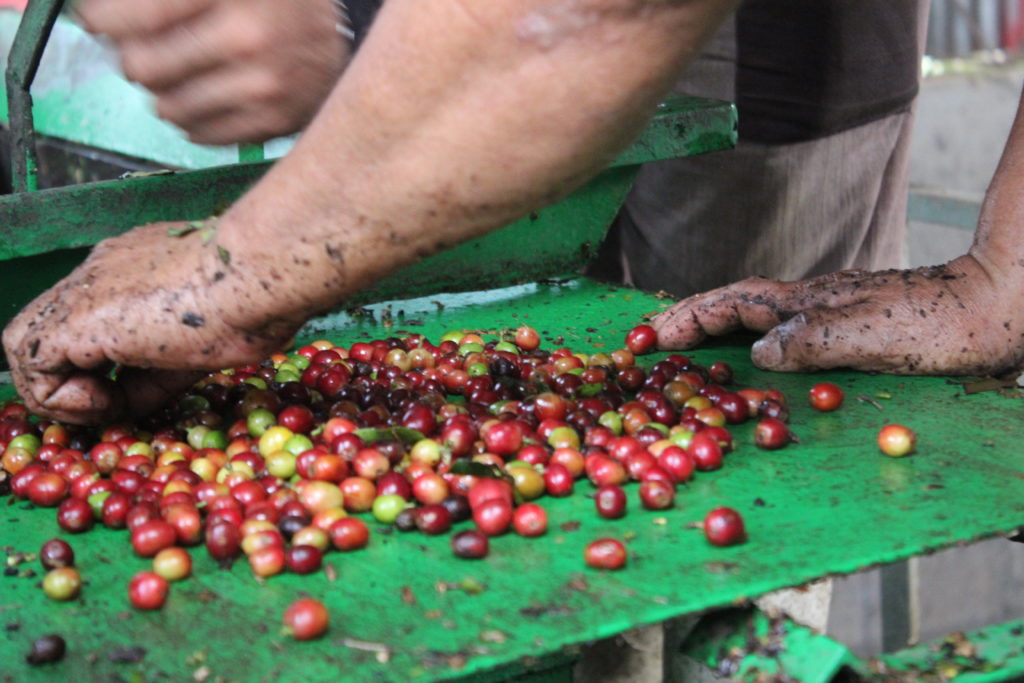When most people consider the economy, their minds quickly go to money. The more money a country has, the better their economy. According to the World Bank’s research in Costa Rican economics, the country enjoyed stable economic growth until the crisis in 2009. The World Bank calls Costa Rica an environmental world leader because of its agricultural development and natural commodities produced in the rainforest climate.
The Tico Times (name for local Costa Rican people) explains that Costa Rica does not have a military force. Instead of investing funds in military efforts, the country has used the money to further the education of its citizens. As taxes continue to increase, Costa Ricans will eventually be required to work until they are 70 instead of 55. According to our guide, Francisco Morazan, the economic system is set up where big companies do not pay much in taxes, while poor families end up paying more.
During my study abroad, I had the opportunity to interview Morazan, who is very knowledgeable about Costa Rican Agriculture. With his help as a guide, we witnessed different types of economic growth and production at local farms. Costa Rica’s economic-related experiences have caused my horizons to broaden. I’ve learned a variety of facts about the economy through my observations.
According to Morazan, a major commodity strengthening the economy is medicinal plants. There are hundreds of medicinal plants in Costa Rica, many of which have not yet been discovered. These plants are sold and exported worldwide. For example, Costa Ricans use Achiote for various medicinal purposes including application on chapped lips.
Another enterprise that fascinated me is the coffee and the experience it provides those gaining knowledge about it. Travelers come from afar to tour the farms and take some coffee home with them. Because I consider myself a coffee connaisseur, I especially enjoyed learning the proper way to prepare the coffee. Encyclopedia Britannica statistics show that nearly half of the coffee exported is sold in the United States.
Lastly, we visited a tilapia farm. According to The CIA World Factbook, approximately .32 percent of the country’s GDP invests in tilapia farming. Experiencing this aspect of the country’s economy by tilapia fishing was an incredible experience.
Overall, Costa Rica’s economy is secure and experiencing growth. The World Bank’s research shows that from 2000 to 2014 the country’s overall GDP increased by 4.5 percent. The experience of learning about Costa Rica’s economy helped me appreciate my time on the study abroad even more. There is a plethora of information available to tourists and students as they travel to Costa Rica, and the details presented here simply skims the surface.
My friend Natalie and I crushed sugarcane to produce a liquid sugar. Sugarcane is an important commodity to Costa Rica’s economy. The USDA explains that although it is an important commodity, production is decreasing due to the drought in Guanacaste. For example, 464 million tons were produced this past year, compared to 481 million tons produced but the previous year. In conclusion, this picture shows the joy-filled moments we found in Costa Rica.


